KOLINSKY ACRYLIC BRUSHES - EVERYTHING YOU NEED TO KNOW
Schools don't teach, but we do!
Do you remember being clueless when it came to choosing an acrylic brush while we were in school?
A common practice for beginners is to ask their colleagues, salespersons at the local nail supply or influencers on social media for advice regarding the type of acrylic brush to use, even though they have no idea why they should use it.
In the beginning, you might be unsure of what brush size to use as a nail technician. Here's what you need to know.
Kolinsky Sable Acrylic Sable bristles is very absorbent, so it is ideal for acrylic nail applications because of its capability of absorbing moisture
HOW CAN THE KOLINSKY SABLE BRISTLES BRUSHES BE USEFUL TO YOU? WHAT ARE SOME OF ITS FEATURES?
There are currently three types of Kolinsky sable bristles brushes available, depending on the type of selection made on the fur
1. A 75% Kolinsky Hair Brush is made from a lesser grade of Kolinsky Sable Hair, which is best used for watercolour and oil painting, not for acrylic nails because Kolinsky hair sticks together when saturated.
2. 85% of Kolinsky bristles is used to hand-tint ceramic appliances to give them a realistic appearance in the dental ceramics
3. 100% Kolinsky bristles are pale red in color with darker tips, which is the best used for acrylic application
Now that you're curious about the number 12, 14, 16, and 18, what does it mean on the Kolinsky sable bristles acrylic brush?
By following this guide, you will be able to choose which brush numbers are best for you and your business.
Kolinsky Sable Bristles Acrylic Brush numbers 12 & 14 are best for customers who wear shorter nails
Kolinsky Sable Bristles Acrylic Brush numbers 14 & 16 are best for customers who wear medium to long nails
Kolinsky Sable Bristles Acrylic Brush numbers 16 & 18 are best for customers who wear long to extra long nails
You might be wondering why many schools only teach us to use smaller brushes, like number 8 or number 10. There has been a claim that using the smaller can assist in preventing overexposure. The statement isn't 100% accurate.
Don’t always turn to books for the answer, as the old saying.
If this is true then why aren't all licensed manicurists using smaller brush. at the nail salon? Using a smaller brush will require you to spend more time covering the full nail. You cannot do anything less than 3 beads with a size 8 brush. In some cases, you might need 4 to 5 beads. Using a large brush size 12, 14, 16, or 18 will enable you to apply beads much more rapidly than if you were to use a small brush. This will save you a great deal of time. As a result, your nails will be smoother and require less filing.
It comes from the fact that people react differently to exposure depending on their chemical make up (for instance, one person might roll around in the grass and not be affected, while another might break out in hives).
As a licensed manicurist, we have learned that identifying products exposure and preventing it are our top priorities.
OVEREXPOSURE CAN BE PREVENTED BY:
Understanding the power-to-liquid ratio
It is best to avoid touching the client's skin with the brush.
After placing the bead of acrylic, wipe any excess monomer from the brush before working with the bead.
WHEN IT COME TO ACRYLIC NAIL BRUSH, HOW WOULD YOU DECIDE ON BEST SHAPE?
Round or Oval brushes are favored by nail technicians because they fit perfectly into the cuticle area, hold a consistent amount of liquid, and are perfect for setting acrylic. In addition, you can still shape your round or oval brushes' tips into points if you want to work on details.
Now you probably want to know where I can find the best Kolinsky sable bristles acrylic brush? FINALLY! The wait is over! After searching for many years, SHI discovered a great source of Kolinsky sable bristle brushes and produces acrylic brushes entirely made from the hairs found at the tip of male weasel tales.
How helpful was this article to you? Let us know what you think in the comment section below.


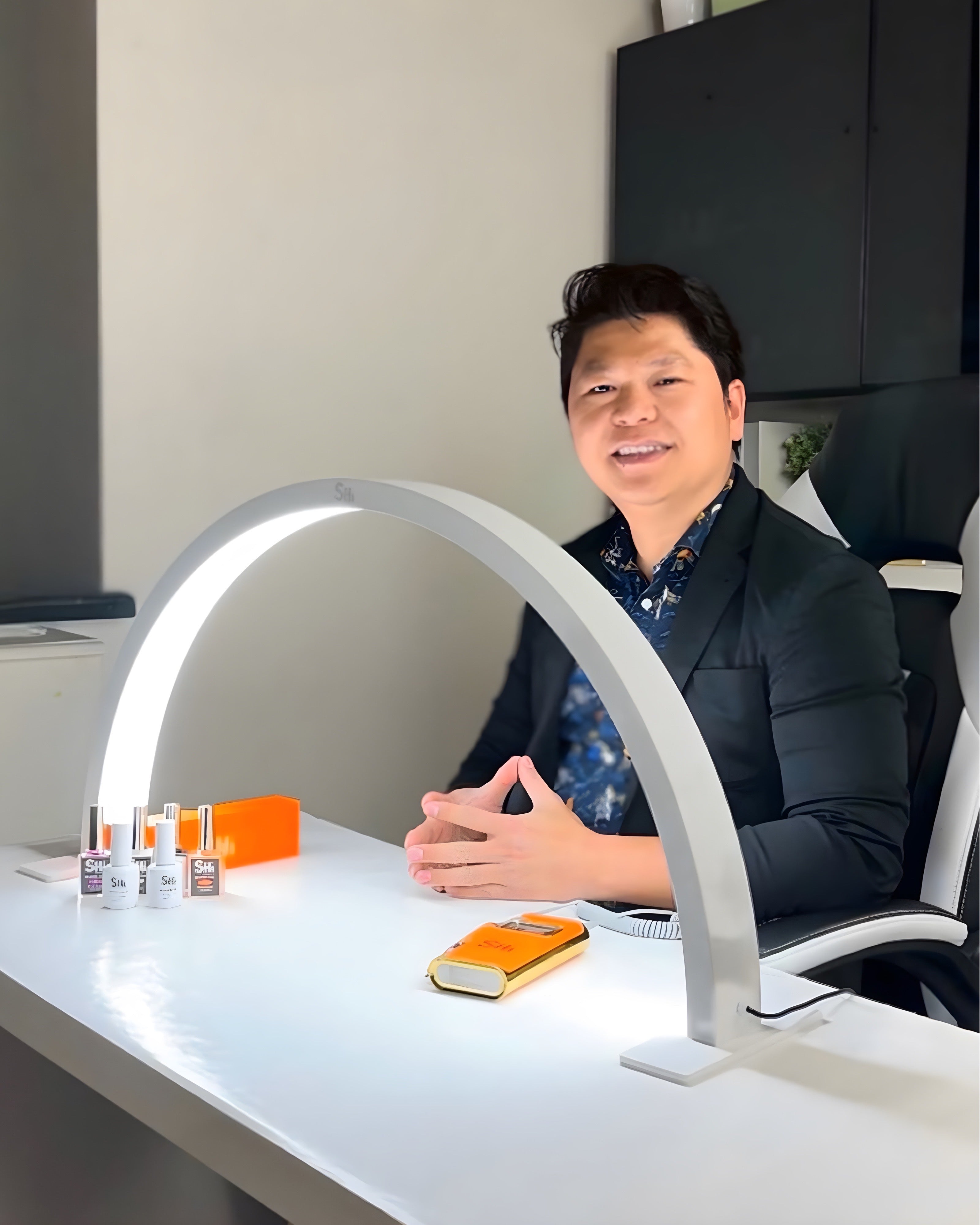
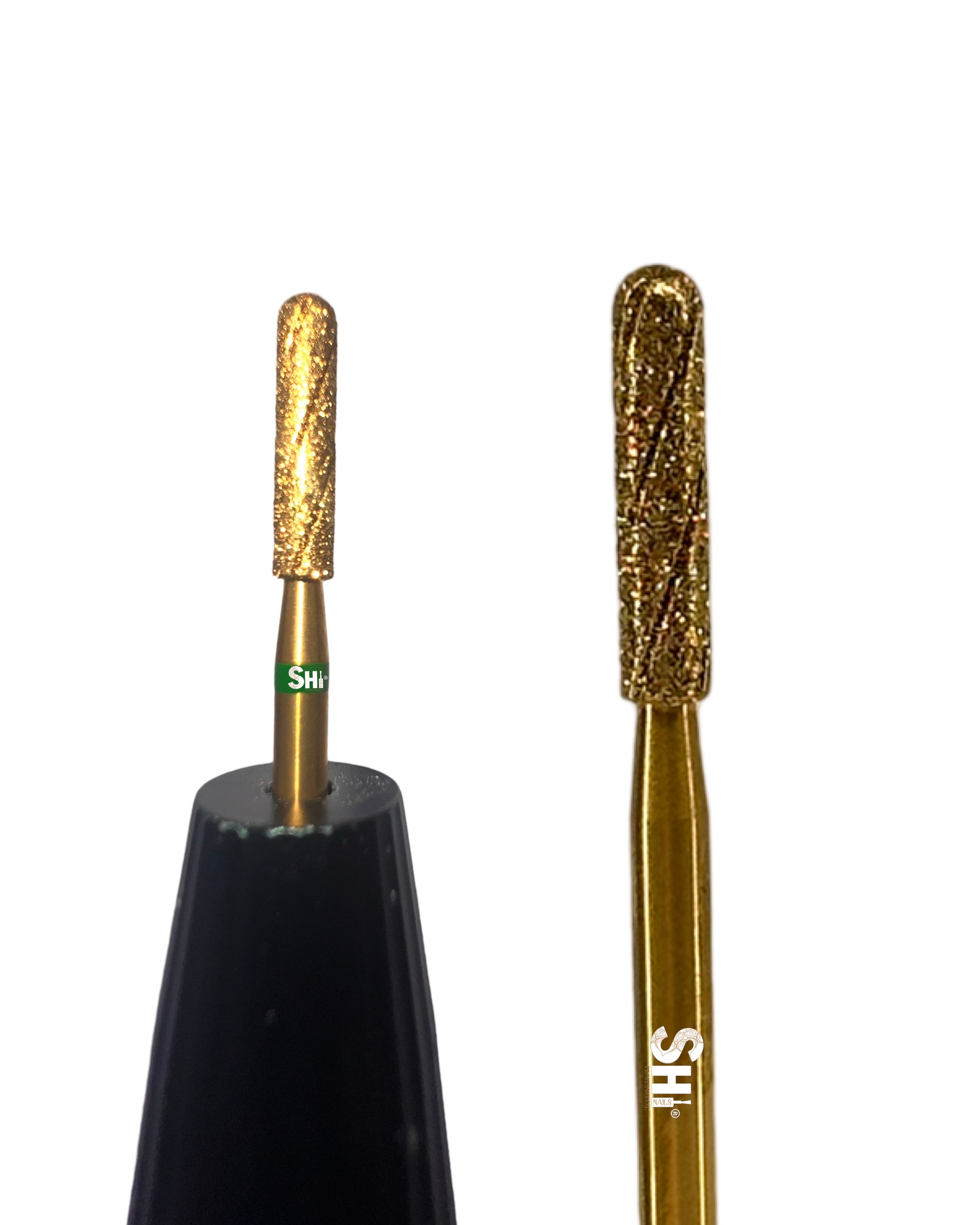

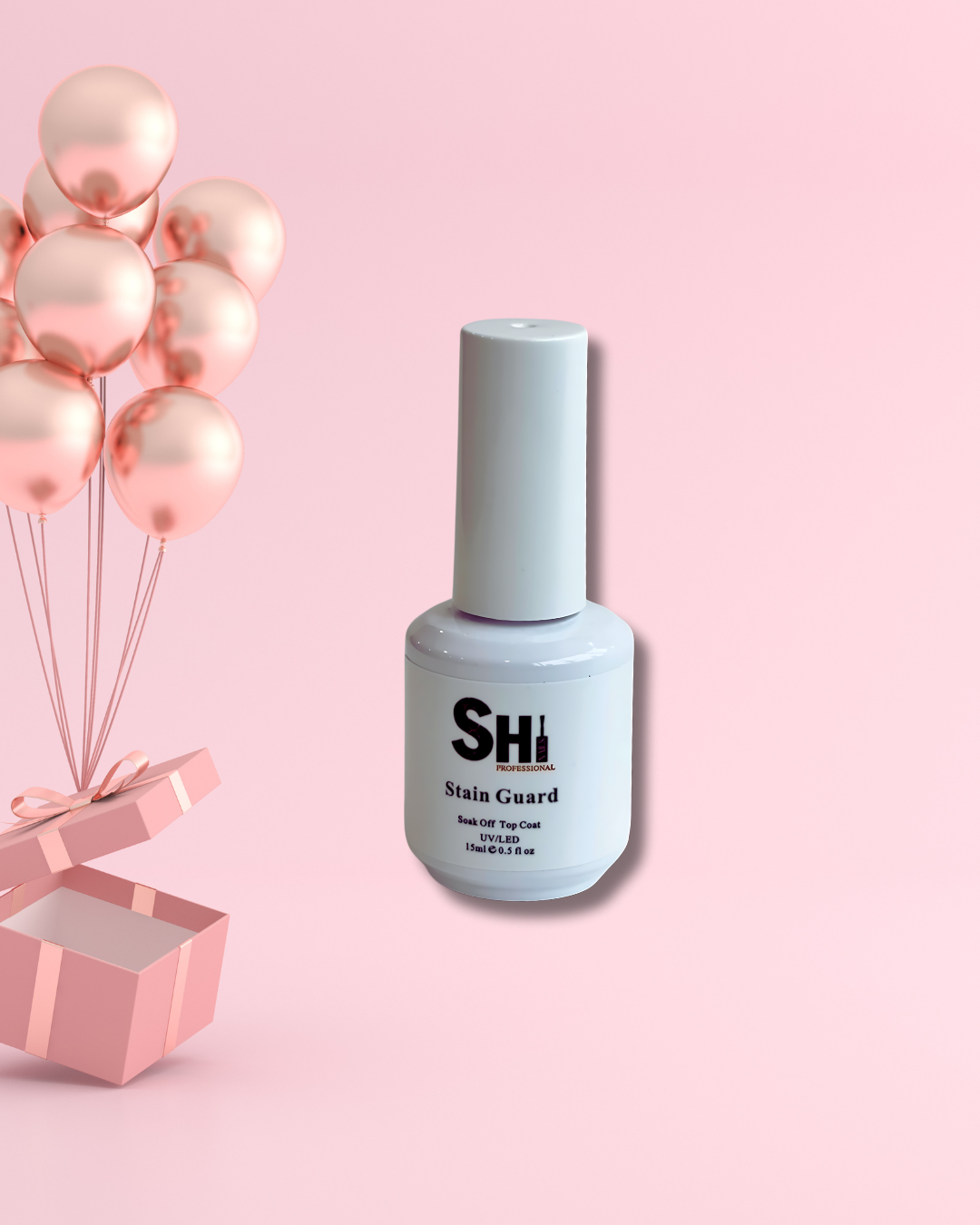
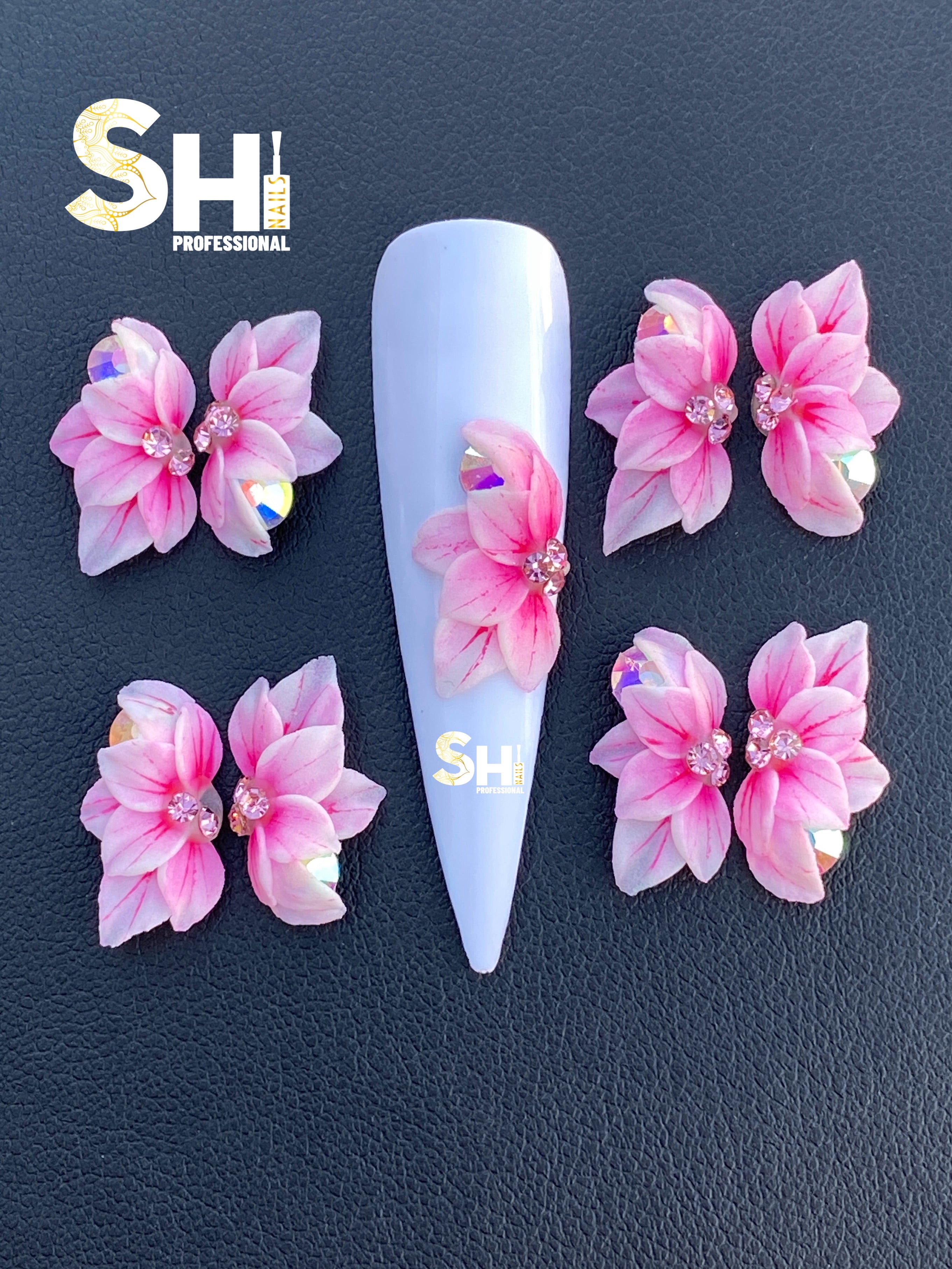
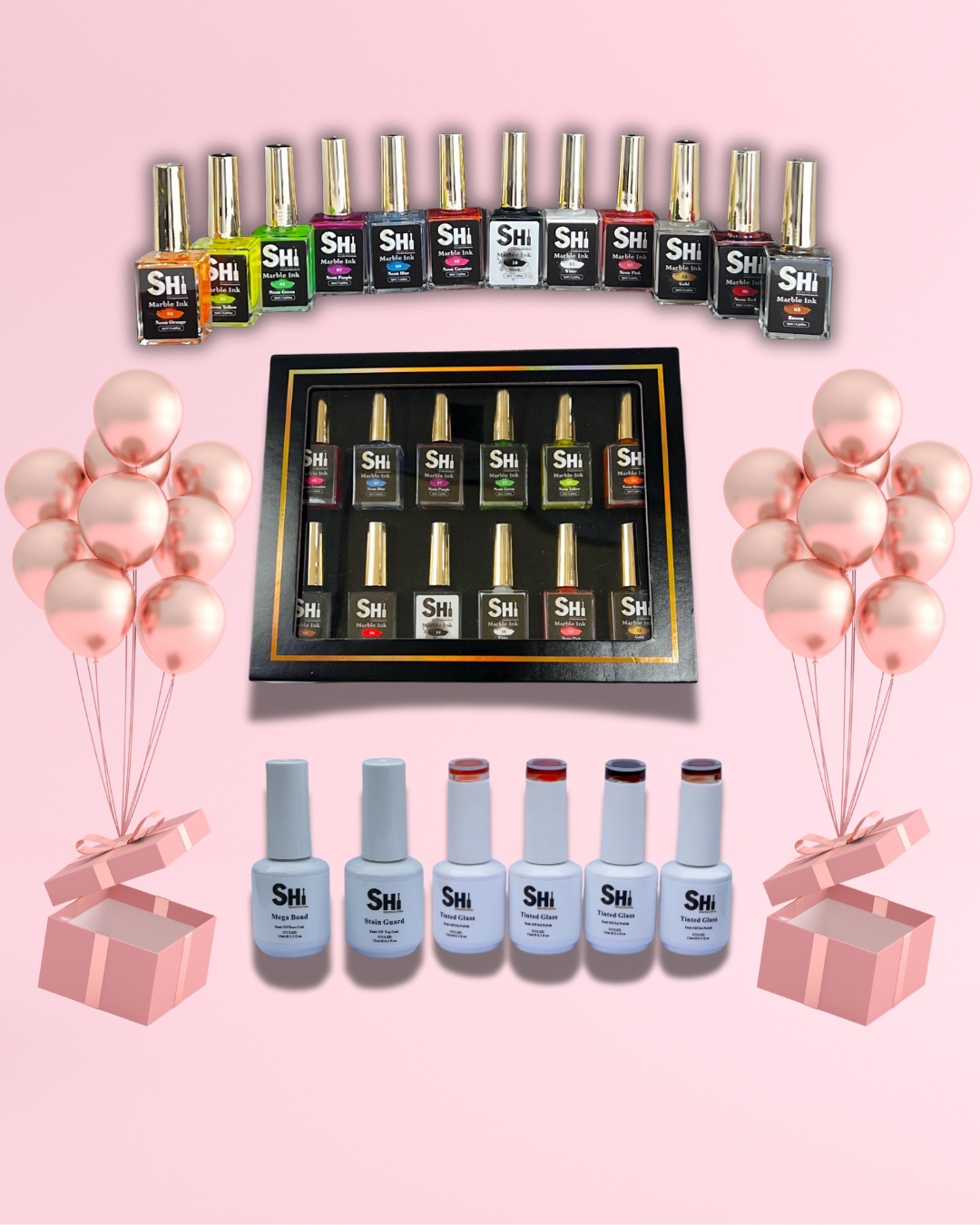
I started out using a number 8 brush. It was completely way too small and it took me forever to complete a set. 5 years later, I have learned that using a size 14 or 16 brush helps immensely with speed and accuracy. If you’re using a higher-end powder that self levels laying acrylic is almost effortless if your powder is also a self leveling powder. Basically there is enough acrylic on the brush for one bead and then you use your larger brush to help guide the acrylic down the nail bending your clients nail/finger pointing towards the desk. Let gravity work for you! It is a huge Time Saver as well as easily performed. I am anxiously awaiting my new Shi #14 brush… can’t wait to leave a review Once I’m able to use it. I also like my brushes crimped, but that is a personal preference.
Wow!! Great explanation. I started using #12 brush, it was working but it was taking me longer. Now I’m using #16 big difference. I totally agree with your comment smaller brush,more trips back and forth and more filling.
Leave a comment